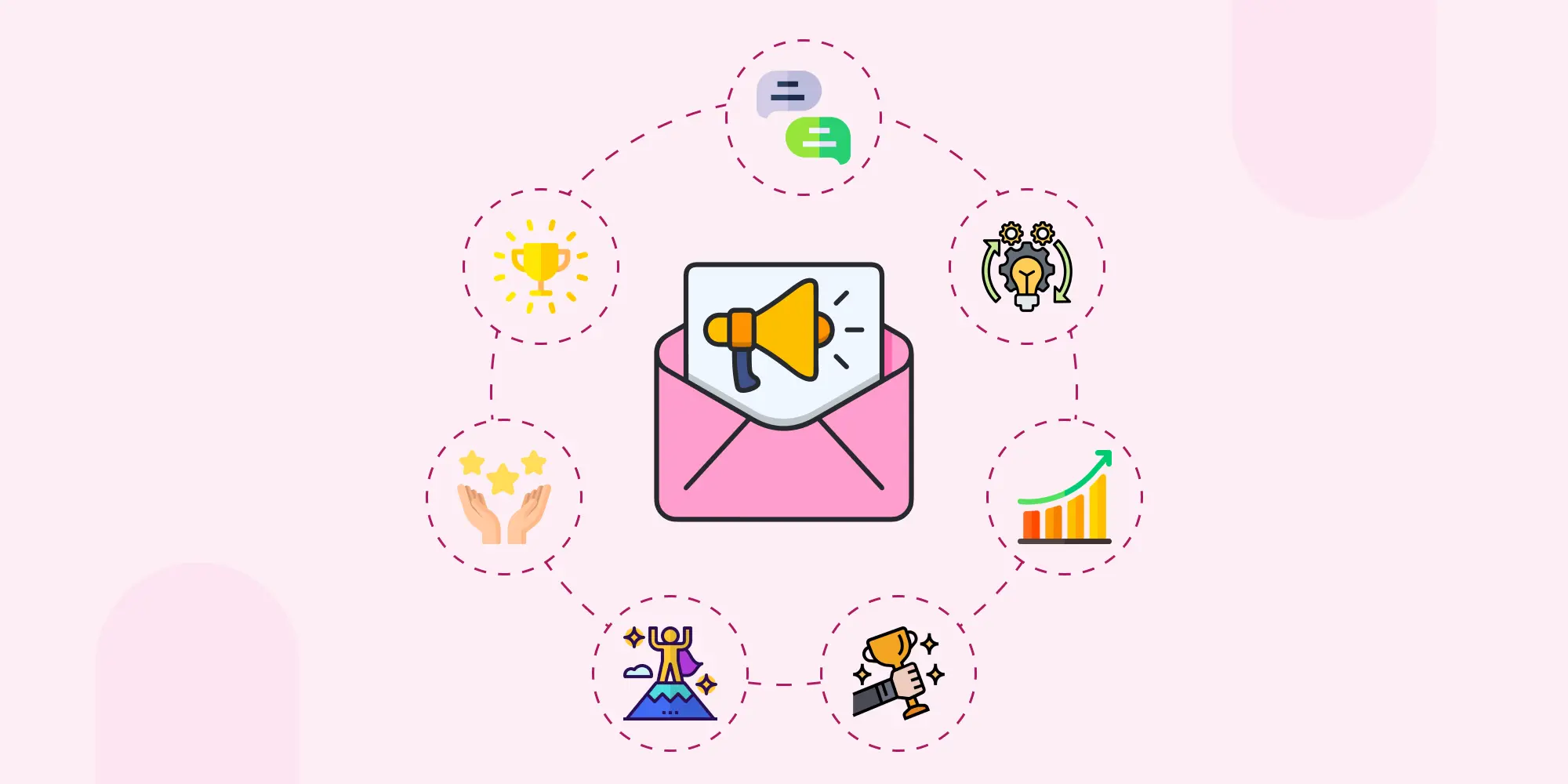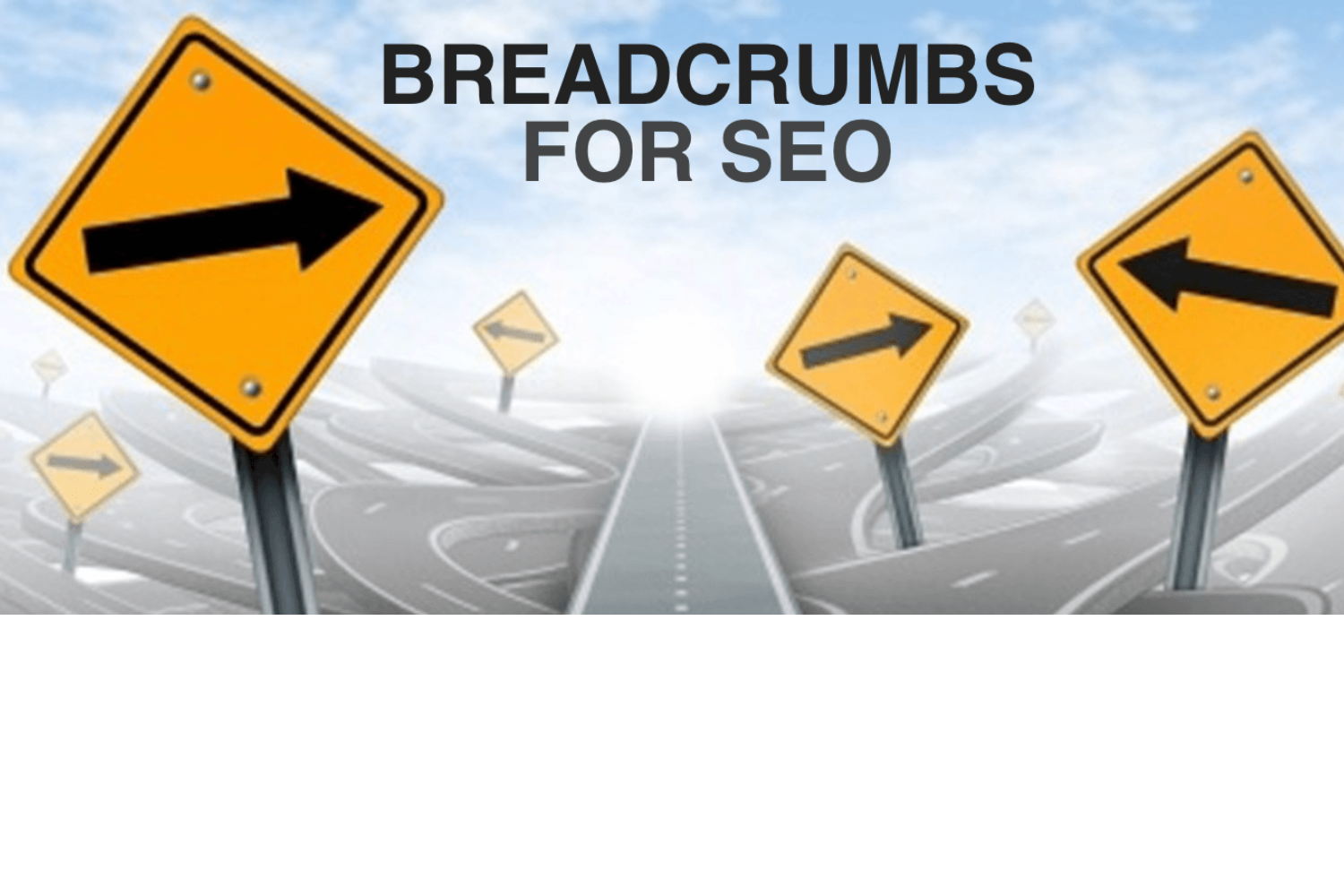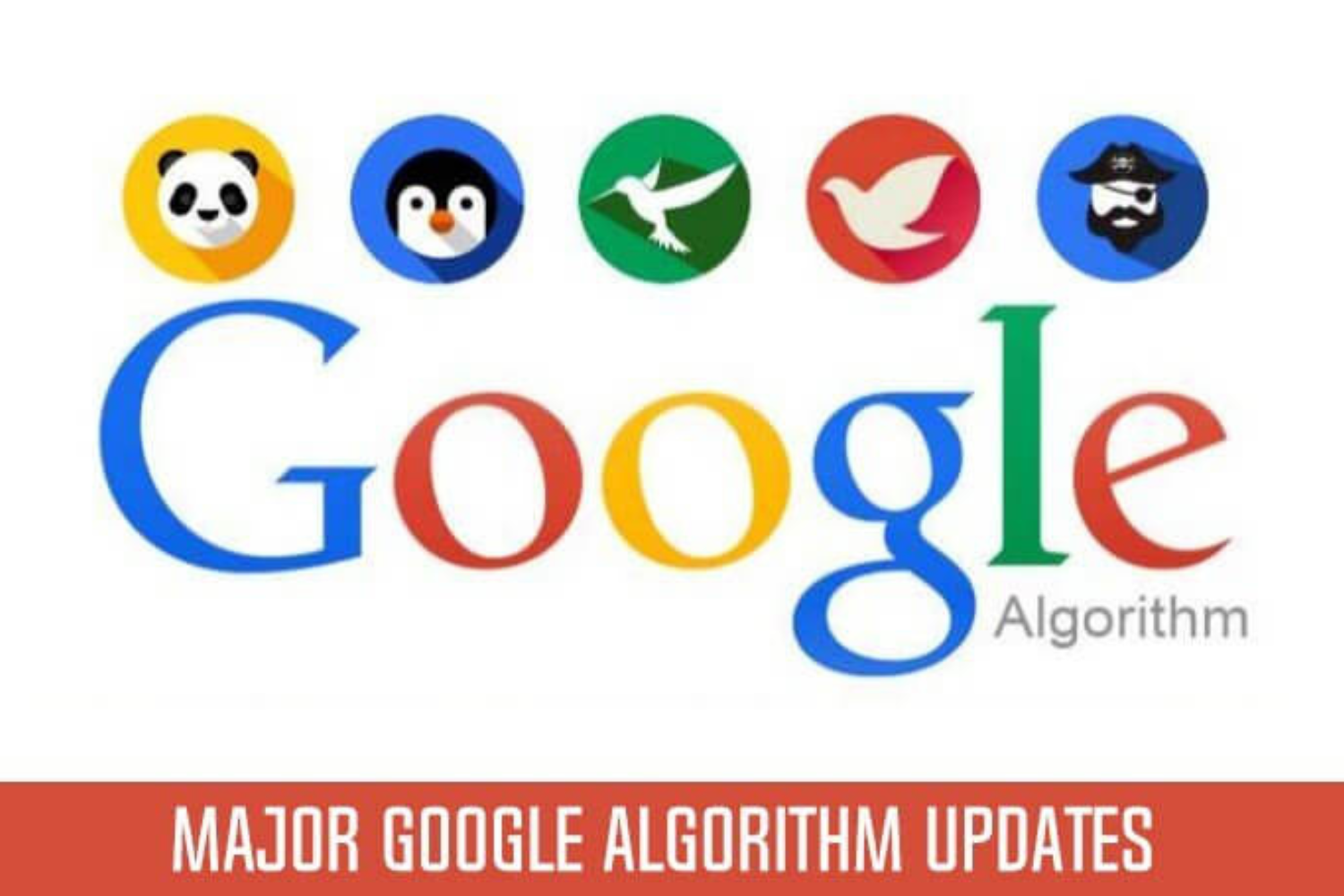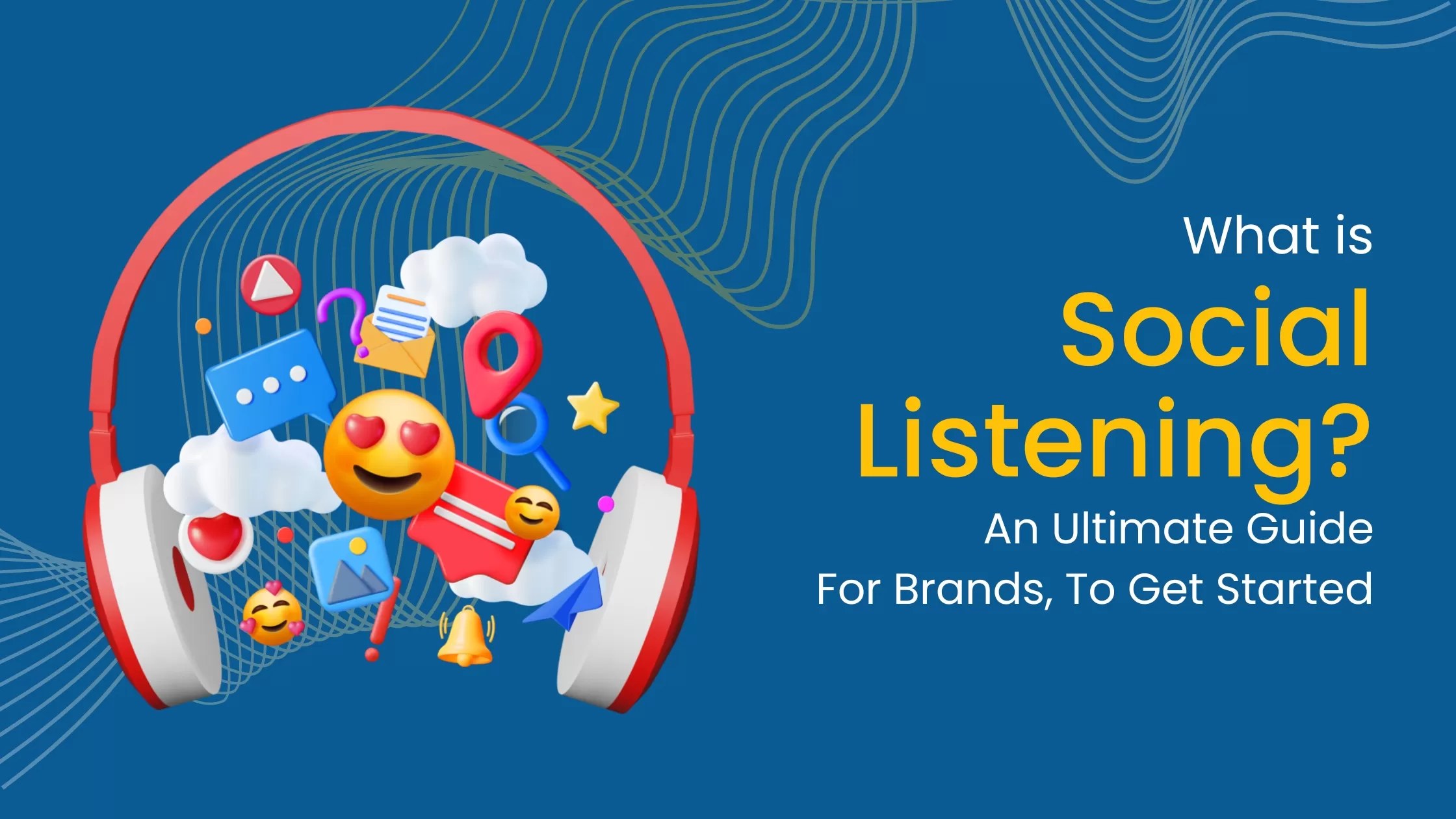09 December
From Inbox to Conversion: Effective Strategies for Email Marketing Success
published
July 23topics
#Marketing
Email marketing remains an essential and highly effective strategy for businesses to connect with their audience, nurture relationships, and drive conversions. In this comprehensive guide, we will delve deep into the world of email marketing, exploring the best practices, strategies, and tools to help you build successful email campaigns that stand out in your subscribers' inbox. From crafting compelling emails to automating your workflow, we'll cover it all, ensuring you maximize your ROI and achieve your marketing goals.
Why Email Marketing Matters in the Digital Age
- High ROI: Email marketing consistently boasts a high return on investment compared to other marketing channels. This is because it allows businesses to reach a targeted audience directly, leading to higher engagement and conversions
- Targeted Audience: With email marketing, you have control over who receives your messages. By segmenting your email list based on customer preferences, behavior, or demographics, you can deliver personalized content that resonates with your audience
- Building Customer Relationships: Emails provide an opportunity to establish and nurture long-term relationships with customers. Consistent and relevant communication can build trust, loyalty, and brand advocacy
Building a Solid Email List: Quality Over Quantity
- Organic List Growth: We emphasize the importance of building an email list organically by attracting subscribers genuinely interested in your brand and offerings. This can be achieved through website opt-in forms, content upgrades, and social media engagement.
- Lead Magnets: A lead magnet is a valuable incentive offered in exchange for a user's email address. We discuss different lead magnet ideas and how to create compelling offers that entice visitors to subscribe
- List Segmentation: Effective list segmentation allows you to tailor your emails to different groups of subscribers based on their preferences, behaviors, or purchase history. This ensures that each recipient receives content that aligns with their interests
Crafting Engaging Email Content
- Attention-Grabbing Subject Lines: The subject line is the first thing subscribers see, and a well-crafted subject line can significantly impact open rates. We provide tips for writing subject lines that arouse curiosity and encourage recipients to open your emails
- Persuasive Language: Crafting persuasive email content involves using language that motivates readers to take action. We discuss techniques such as storytelling, using active language, and incorporating emotions to connect with your audience
- Call-to-Action (CTA): A strong CTA is vital for driving conversions. We share strategies for creating effective CTAs that encourage recipients to click through and engage with your content or make a purchase
Email Design Best Practices
- Mobile Responsiveness: As more people access emails on mobile devices, it's essential to design responsive emails that adapt to various screen sizes, ensuring a seamless user experience
- Branding Consistency: We emphasize the importance of maintaining consistent branding across all email communications. Your emails should reflect your brand's personality, colors, fonts, and logo, creating a unified brand experience
- Effective Use of Visuals: Visual elements like images and videos can enhance the impact of your emails. We discuss best practices for using visuals in emails and how to ensure they render correctly across different email clients
A/B Testing and Optimization
- A/B Testing Methodologies: A/B testing (also known as split testing) involves comparing two versions of an email to see which one performs better. We explain how to set up A/B tests, what elements to test (subject lines, CTAs, content, etc.), and how to interpret the results
- Data-Driven Decision Making: We stress the significance of using data to drive your email marketing decisions. Analyzing performance metrics helps you identify areas for improvement and refine your email strategies for better results
Personalization: The Key to Building Strong Relationships
- Segmentation for Personalization: We revisit the concept of list segmentation and how it enables you to personalize emails based on subscriber interests and behavior
- Dynamic Content: Dynamic content allows you to create personalized email messages that adapt based on the recipient's data. We explain how to use dynamic content effectively to deliver tailored experiences
- Personalized Product Recommendations: Utilizing customer data, you can recommend products or services that align with each recipient's preferences and purchase history, increasing the likelihood of conversions
How To Handle Unsubscribes
- To Handle Email Unsubscribes Effectively, Don't Take It Personally; Reasons For Unsubscribing Vary And May Not Be About Disliking You Or Your Product
- Maintain An Updated Email List; Remove Inactive Or Unengaged Subscribers Regularly
- Analyze Email Content If There's A High Unsubscribe Rate; Test And Improve Emails To Retain Subscribers' Interest. Avoid Lengthy, Sales-Oriented Emails, And Ensure Engaging Content
Automation: Streamlining Your Email Workflow
- Time-Saving Efficiency: Automating repetitive tasks, such as welcome emails, abandoned cart reminders, and post-purchase follow-ups, saves time and improves efficiency
- Drip Campaigns: We explore the concept of drip campaigns, where a series of emails are automatically sent based on predefined triggers, nurturing leads and guiding them through the sales funnel
- Personalizing Automated Campaigns: Despite using automation, we emphasize the importance of maintaining a personal touch by using dynamic content and personalized messaging
Measuring Email Marketing Success: Metrics that Matter
- Open Rates: The percentage of recipients who open your emails is a fundamental metric for gauging the effectiveness of your subject lines and sender reputation
- Click-Through Rates (CTR): CTR measures how many recipients clicked on a link or CTA in your email, indicating the level of engagement and interest
- Conversion Rates: The percentage of recipients who carried out the desired action after clicking on a CTA, such as making a purchase or signing up for a webinar, is known as the conversion rate.r
- Email List Growth: Tracking your email list's growth rate helps you understand if your acquisition efforts are successful and whether your subscribers find value in your content
Avoiding Common Email Marketing Pitfalls
- Overwhelming Frequency: Sending too many emails can lead to unsubscribes and decreased engagement. We discuss the importance of finding the right balance for your audience
- Neglecting Mobile Optimization: Ignoring mobile optimization can lead to a poor user experience and lost opportunities. We stress the importance of mobile-friendly emails
- Ignoring Feedback and Analytics: Paying attention to subscriber feedback and analytics helps you understand what works and what doesn't, allowing you to make data-driven improvements.
- Wrong links, broken links, or no links at all
- Personalization errors
- Failing to check for display issues
- Sending the wrong email
- Sending out an unfinished email
- Typos
- Sending an email to the wrong person/list
- Failing to add suppression lists
- Using too much sales language
- Not segmenting customers
The Future of Email Marketing
- AI and Personalization: We explore how artificial intelligence (AI) can further enhance email personalization, tailoring content based on real-time user behavior
- Interactive Emails: Interactive elements, such as polls, quizzes, and GIFs, are becoming more popular in emails, increasing engagement and interactivity
- Privacy and Data Protection: We address the importance of data privacy and how evolving regulations may impact email marketing practices
Email Marketing Tools and Platforms
- Mailchimp: User-friendly with automation, segmentation, and templates
- Sendinblue: Integrates email, SMS, and marketing automation
- ConvertKit: Ideal for developers and bloggers, with automatic conversion and an optional text editor
- ActiveCampaign: Powerful marketing automation with personalization and segmentation
Case Studies of Successful Email Marketing Campaigns
Learn from successful email marketing case studies to drive your own campaigns:
Conclusion
In conclusion, we reiterate the importance of email marketing and the value it brings to businesses. We encourage readers to apply the strategies and best practices learned in this
FAQ's
Q: How does email marketing work?
A: Email marketing involves creating an email list, segmenting your audience, designing compelling emails, and sending them at the right time. It's essential to track open rates, click-through rates, and other metrics to gauge the effectiveness of your campaigns.
Q: What are the benefits of email marketing?
A: Email marketing offers several benefits, including higher ROI compared to other marketing channels, increased customer retention, personalized communication, automation, and the ability to reach a wide audience.
Q: How do I build an email list?
A: You can build an email list by creating sign-up forms on your website, offering incentives like discounts or free resources in exchange for email subscriptions, using social media to promote your newsletter, and collecting email addresses at events or tradeshows.
Q: What is segmentation, and why is it important?
A: Segmentation involves dividing your email list into smaller groups based on specific criteria such as demographics, behavior, or purchase history. It's important because it allows you to send targeted and relevant content, increasing the likelihood of engagement and conversions.
Q: What is a good open rate for email campaigns?
A: A good open rate for email campaigns can vary by industry, but an average open rate is around 15-25%. However, factors like the quality of your list, subject lines, and timing also influence open rates.
Q: Is email marketing still effective in the era of social media?
A: Yes, email marketing is still highly effective. It provides a more personalized and direct form of communication compared to the noise and algorithm changes often found on social media platforms.
Q: What is an email drip campaign?
A: An email drip campaign is a series of automated emails sent to a specific segment of your email list over a predefined period. It's used to nurture leads and guide them through the customer journey.
Become Our Next Obsession With Your Project.
Let’s talk
We're excited to discuss your ideas, goals, needs, and dreams. Let's schedule a call.
Start a projectSome topics to look into
discover our blog22 November
02 November






